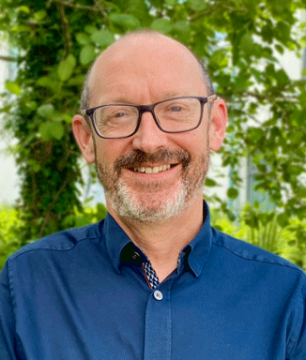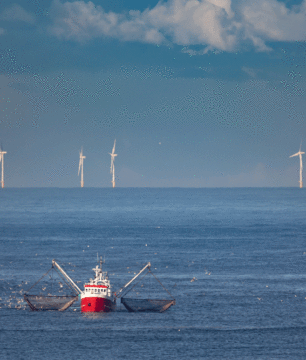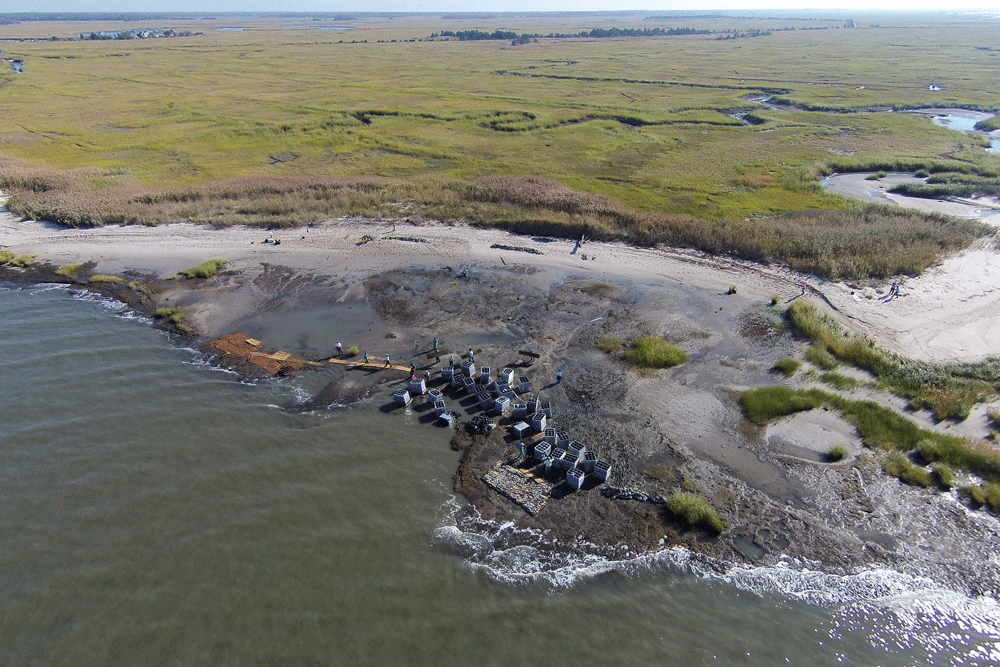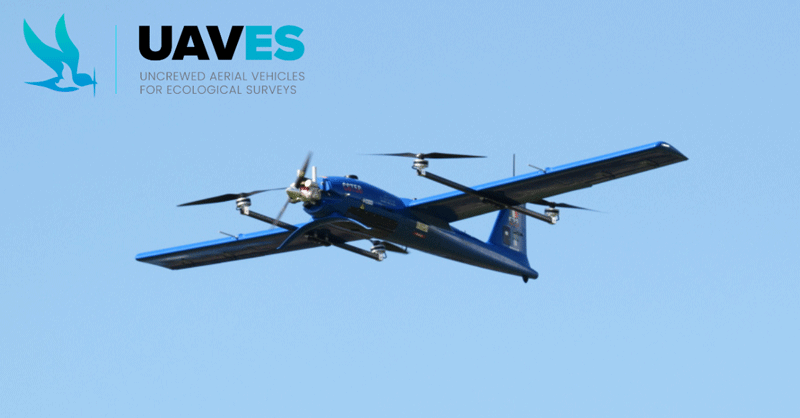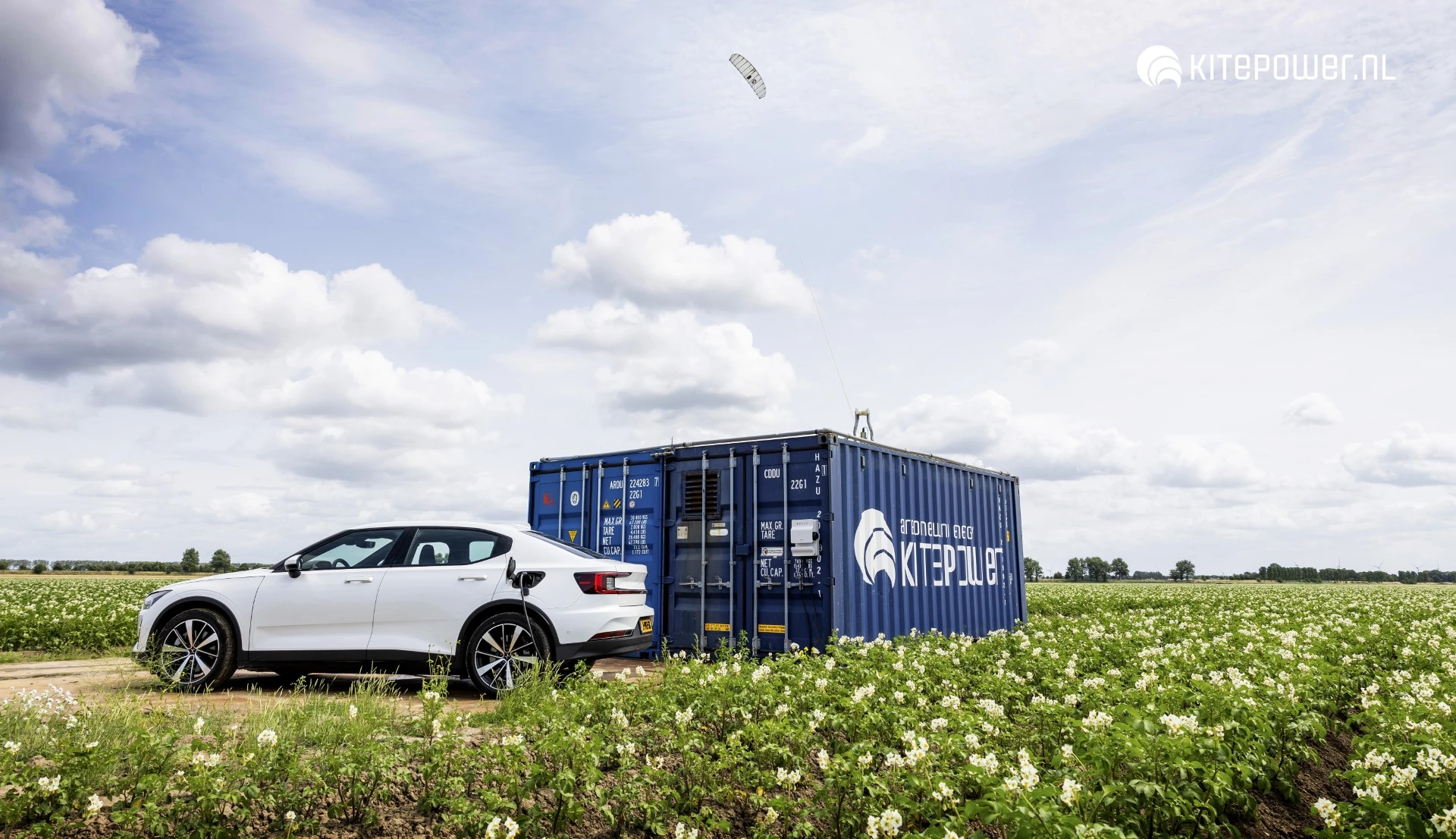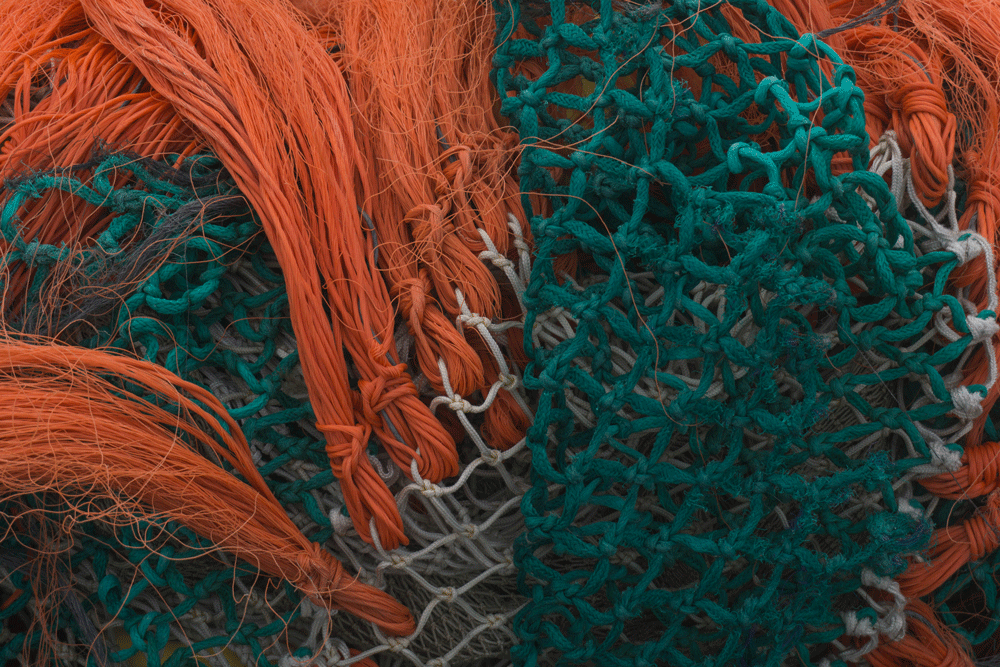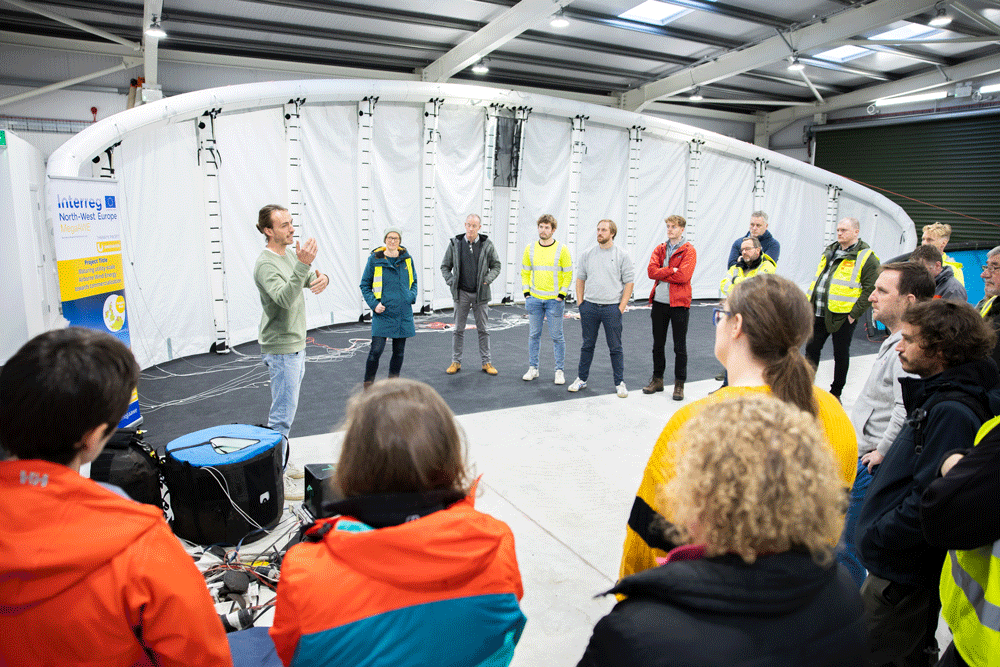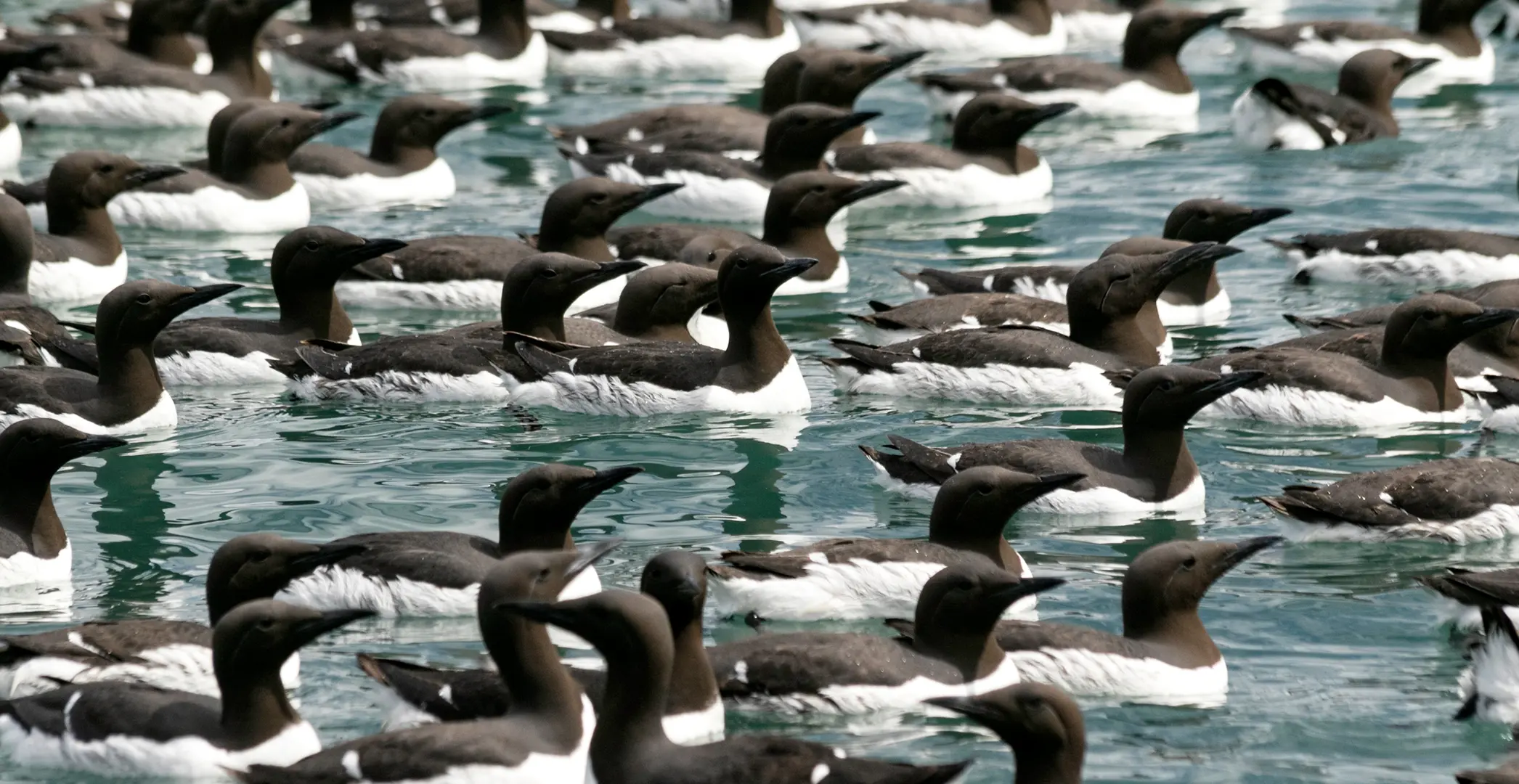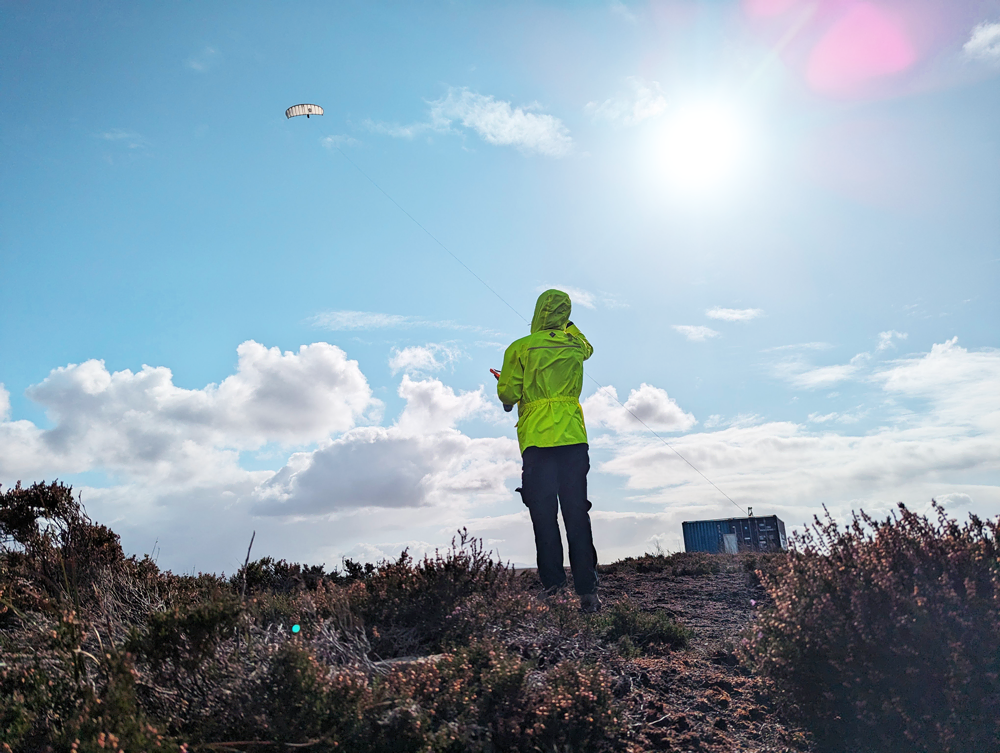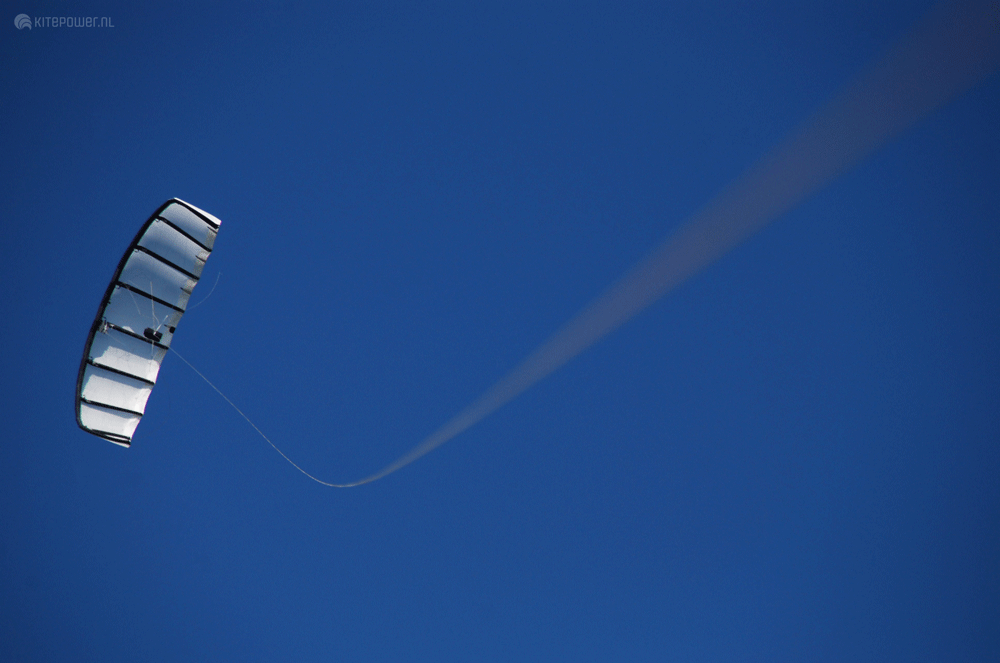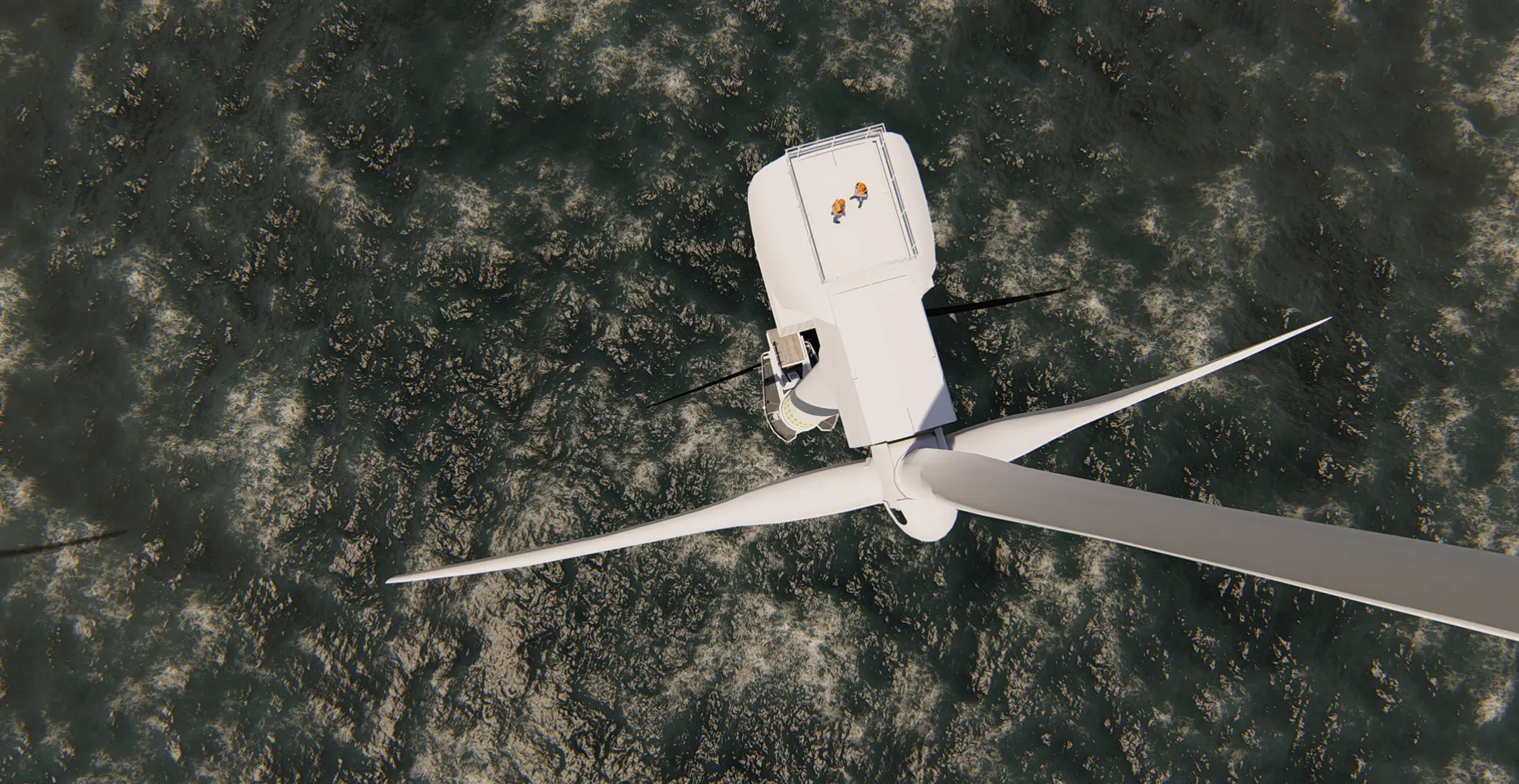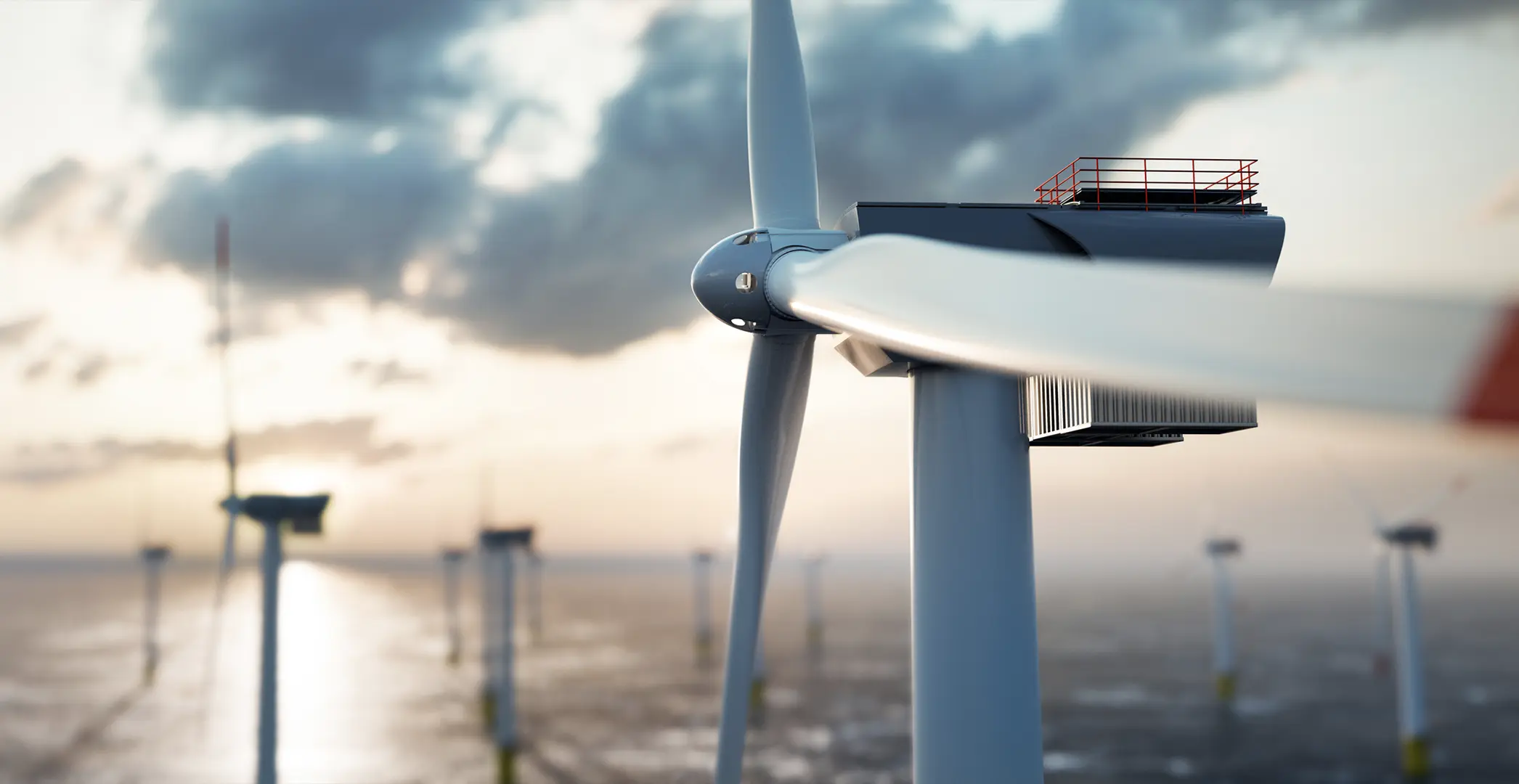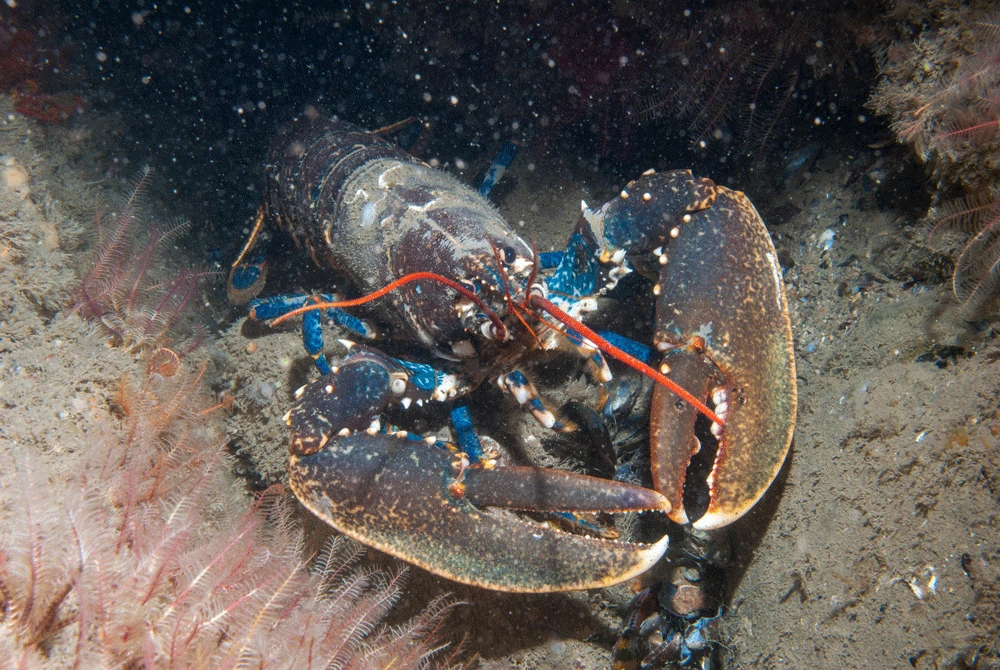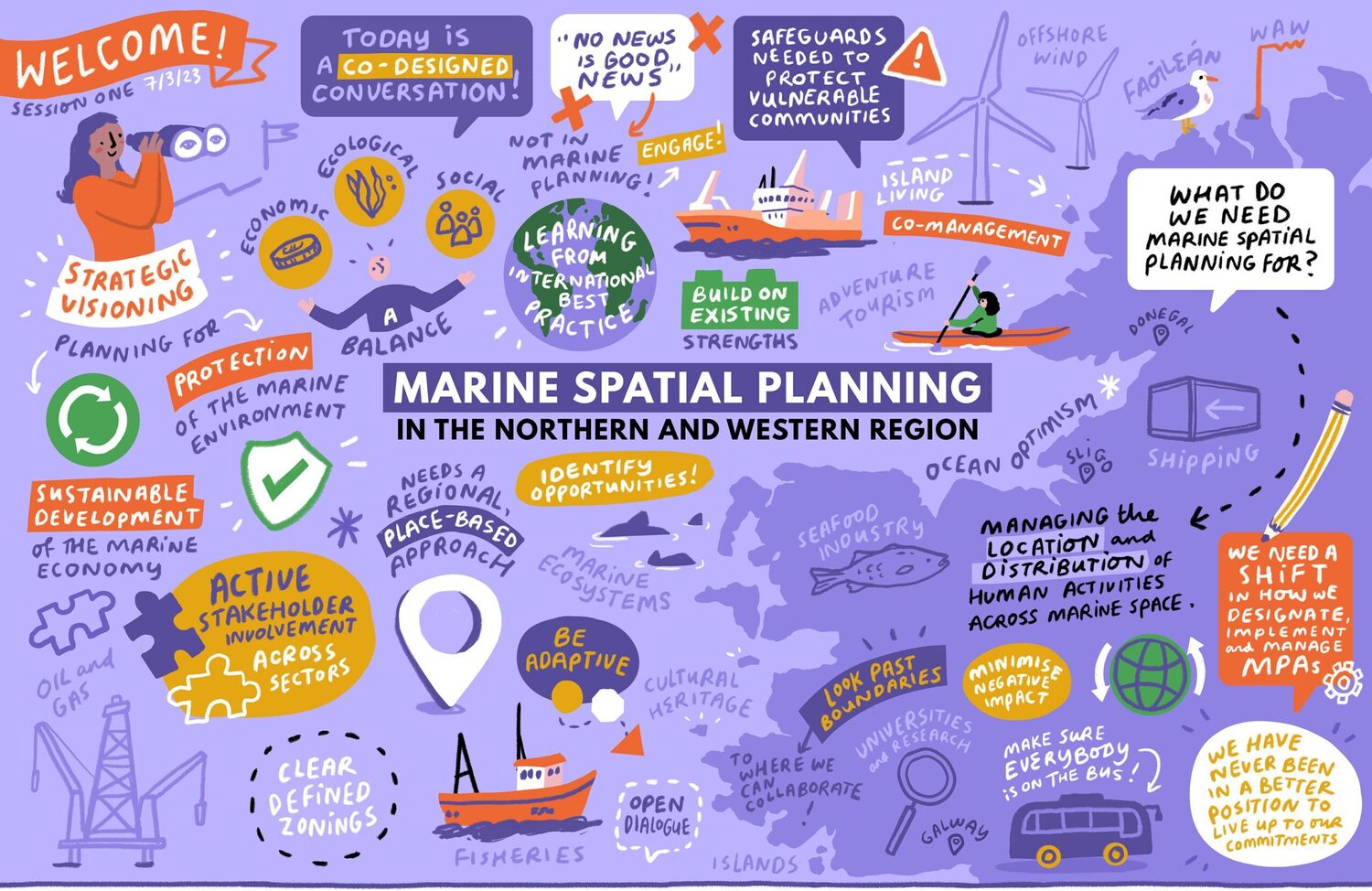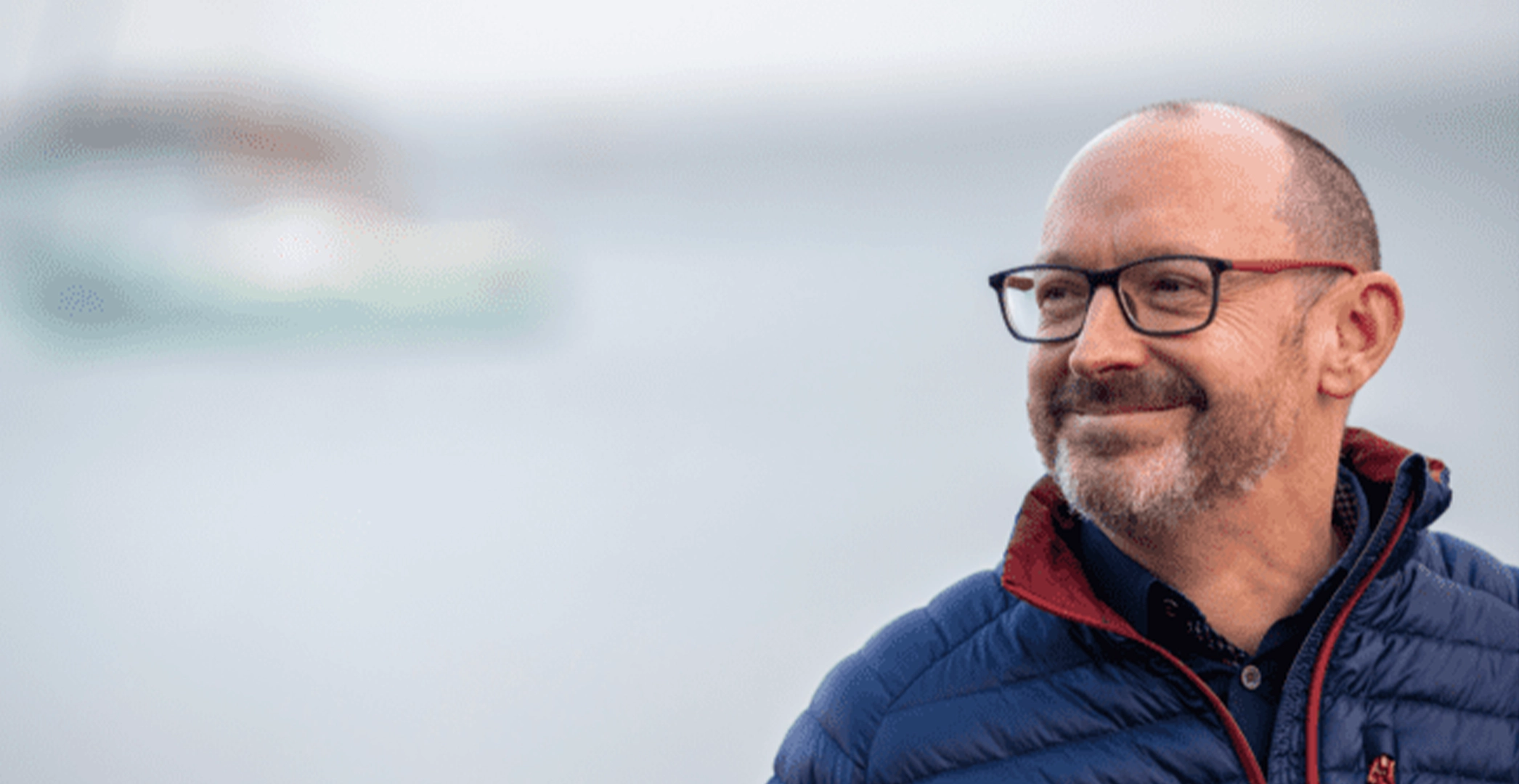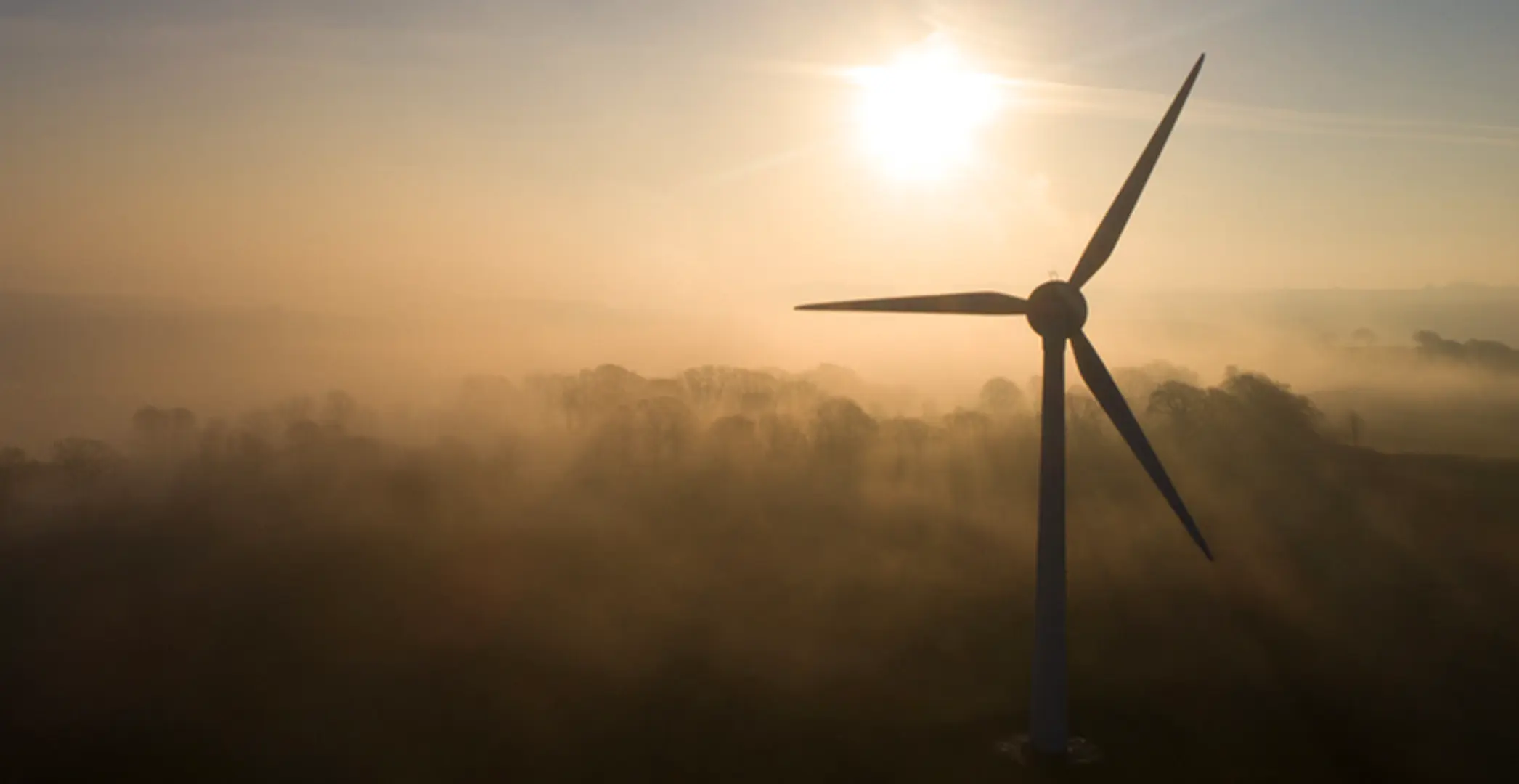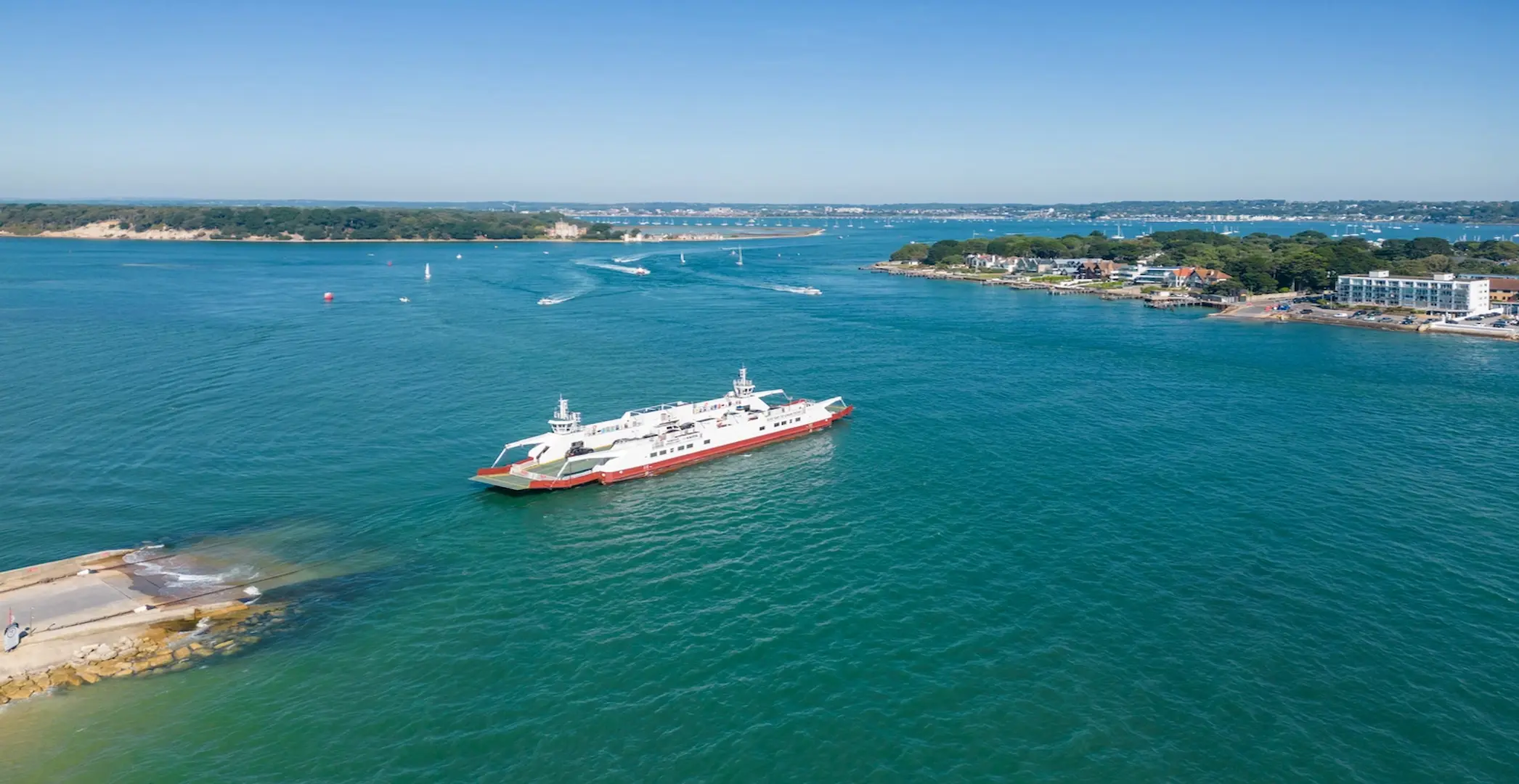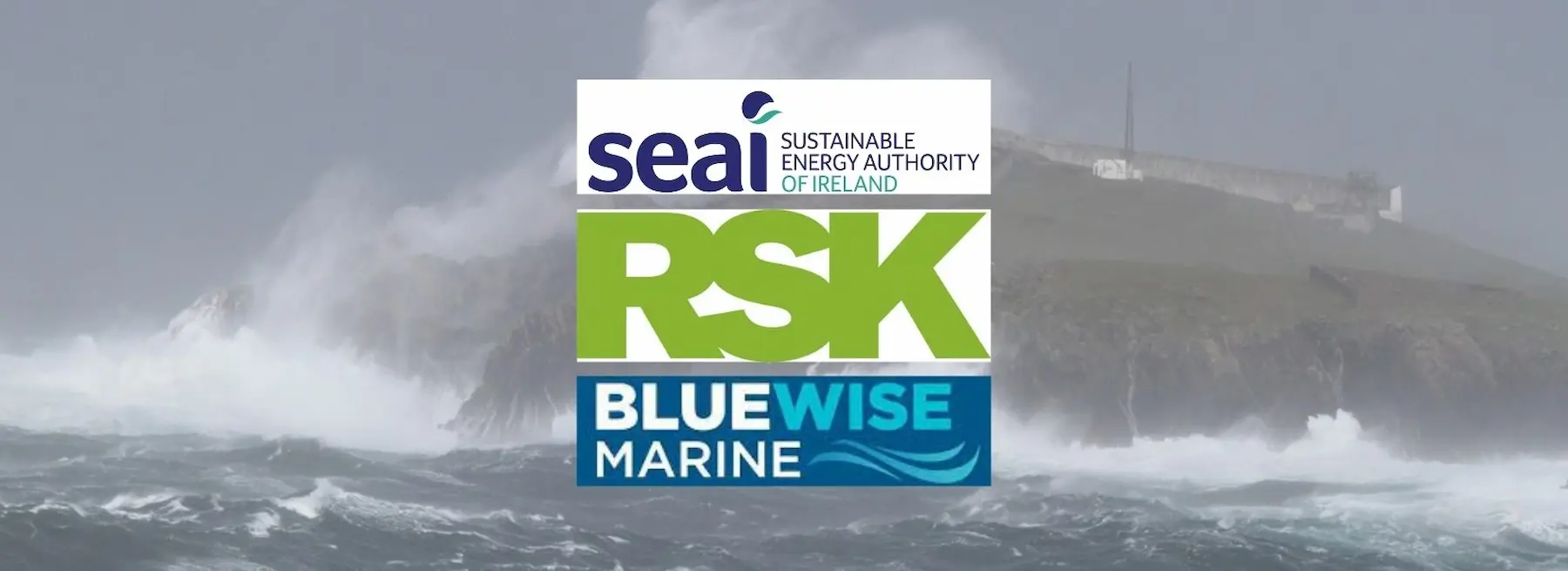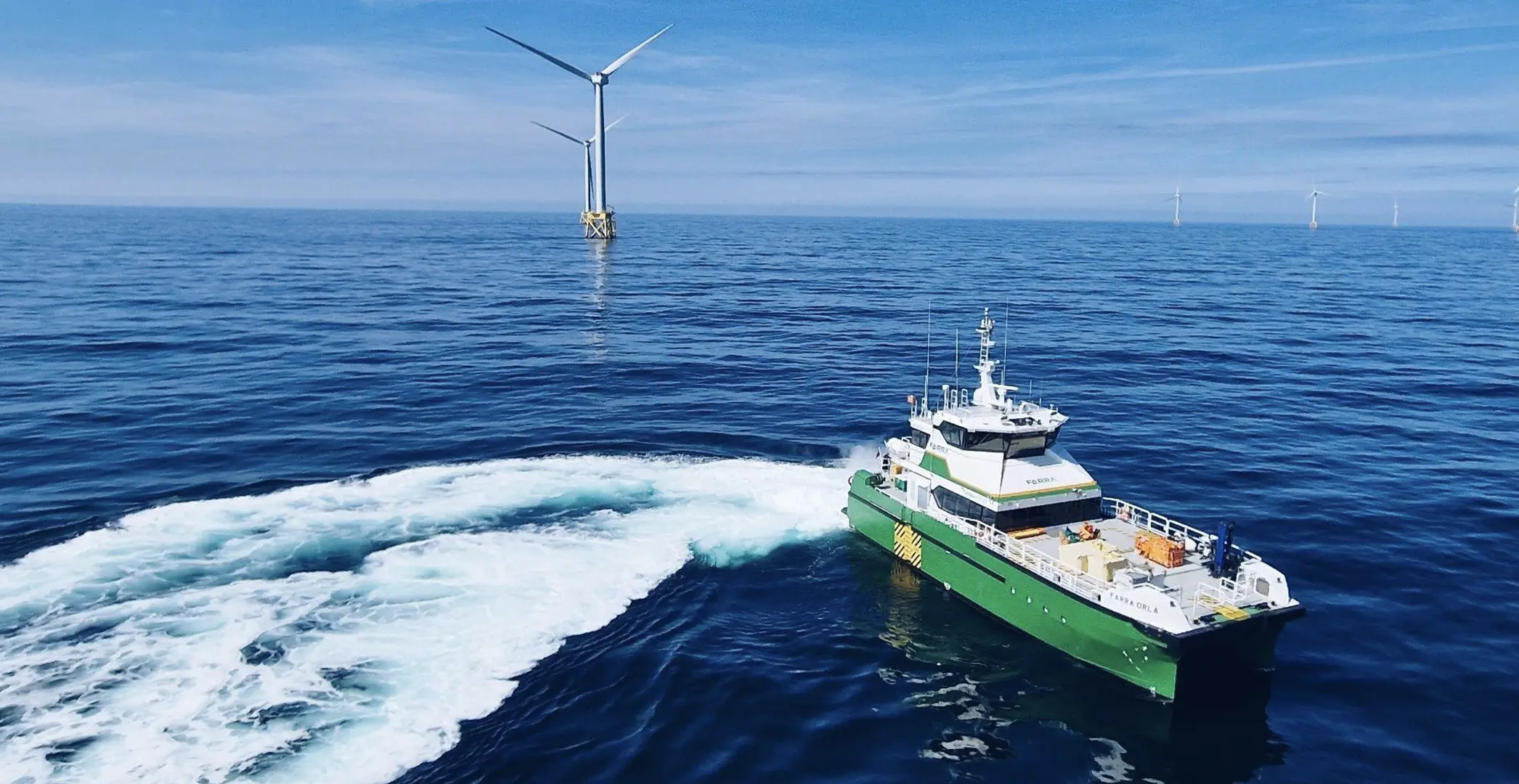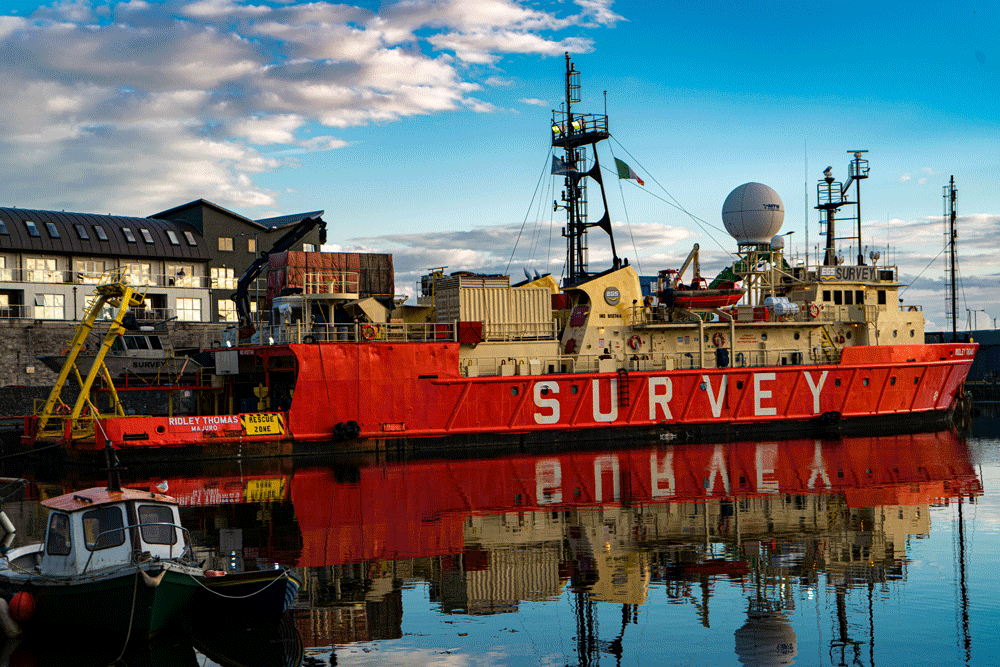Fisheries monitoring surveys could unlock sustainable offshore wind development in Ireland
Ireland’s vast sea area offers ample space for coexistence between offshore wind and marine stakeholders. But we need scientific monitoring to better understand the potential impacts of offshore wind energy developments and ensure the future sustainability of our fishing grounds.
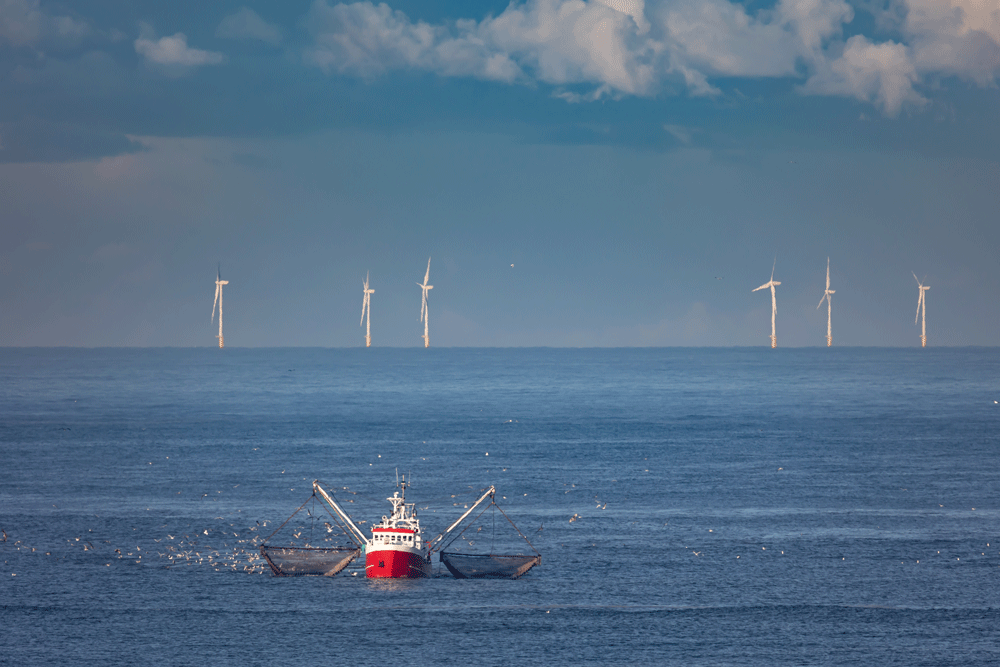
In October 2024, Ireland introduced its first designated marine area plan (SC-DMAP) for offshore wind projects and announced that its second and third ORESS auctions will take place in 2025. Meanwhile, planning authorities are reviewing the Phase 1 project plans for offshore wind farms on the east and west coasts.
As this transformation progresses, it is crucial to understand and minimise the impacts of offshore wind on fisheries and foster coexistence with Irish fishing communities. Introducing a requirement for offshore wind developers to conduct baseline surveys on key commercial fisheries would be a valuable step in achieving this goal.
The Irish government has already undertaken significant environmental evaluations, establishing that areas designated for offshore wind should not undermine key fisheries. Each project is also required to perform a tailored environmental impact assessment to identify any site-specific concerns.
Yet, while these assessments offer strong feasibility insights, ongoing monitoring programmes are required to collect the scientific data to assess whether the construction and operation of offshore wind infrastructure may affect key commercial fisheries.
The role of marine baseline fisheries surveys
Baseline ecological surveys are standard practice for many marine infrastructure projects, such as pipelines and underwater cables. They are used in conservation zoning too. These surveys gather data on specific marine species populations, offering a way to measure any changes due to development activities.
However, marine baseline ecological surveys of commercially important fish and shellfish species are not currently a requirement for offshore wind projects in Ireland. Without the collection of baseline data on abundance, it is impossible to assess the true extent of the impact offshore wind may have on key commercial fisheries after construction.
At BlueWise Marine, we have developed Before-After-Control-Impact (BACI) survey methodologies tailored to offshore wind projects. This approach compares abundance estimates before and after construction, using a control site with similar habitat characteristics to detect any future impact on local fish populations. Data is collected using local fishing vessels, working in collaboration with experienced fishers who contribute their invaluable local knowledge and fishing experience.
This BACI approach enables us to assess changes in catch per unit effort (CPUE) or landings per unit effort (LPUE) over time. Such data can reveal if changes in abundance can be attributed to offshore wind projects, or to broader stressors like environmental changes, or overfishing. In addition, BACI surveys can help assess the so-called “reef effect,” where offshore structures may potentially enhance the fishery.
Addressing concerns of fishers and building trust
Fishers and the seafood industry are understandably concerned that offshore wind developments could impact commercially important species and, by extension, their livelihoods. Without the evidence from consistent monitoring, these concerns cannot be thoroughly addressed.
While it is known that offshore construction introduces underwater noise and disrupts the seabed, how these factors impact local fish populations remains unclear. It is in the shared interest of the offshore wind industry, government regulators, and fishers alike to better understand the nature and duration of any impacts.
Baseline fisheries monitoring surveys make sense for developers and local communities
BACI surveys offer developers a proactive science-based approach to monitoring possible socio-economic and environmental impacts and to building and maintaining stakeholder engagement. Although these surveys require investment, the data they yield offers a common understanding of the specific impacts of a particular offshore wind farm on the local fishery, helping to foster co-existence with local fishing communities. Ultimately, the cost of such initiatives is significantly lower than the potential costs associated with project delays, or cancellations due to unresolved community concerns.
When developers work closely with fishers to address their concerns, it can pave the way for mutually beneficial initiatives. For instance, our recent collaboration with the Ireland’s Seafood Development Agency (BIM) and Oriel Wind Farm Ltd. on a lobster V-notching scheme, compensated fishers for releasing female lobsters, supporting local biodiversity and strengthening trust.
Equitable, inclusive stakeholder engagement and effective communication with local fishing communities are essential for building collaboration through monitoring activities. The benefits of this investment far outweigh the costs, as co-existence with the fishing industry can reduce tensions around renewable energy projects while enhancing environmental stewardship.
Additionally, initiatives such as the development of lobster hatcheries, pilot changes to minimum landing sizes, lobster v-notching and other co-existence projects can become hubs for tourism, education, and research, benefiting local communities and supporting climate outreach efforts as well as the sustainability of key inshore fisheries.
Monitoring can enable co-existence
Including baseline fisheries surveys in the government’s Guidance Documents for Offshore Renewable Energy Developers would be a welcome first step to ensure that developers of offshore wind projects are aware of the need to collect baseline data to assess possible impacts after construction.
This would position Ireland as a best-in-class example for responsible offshore wind development that supports marine conservation and coastal communities and aligns with Ireland’s commitment to a just transition respecting the needs of all stakeholders.
View our Fisheries Monitoring Services brochure
View our Environmental Assessment and Planning project portfolio
